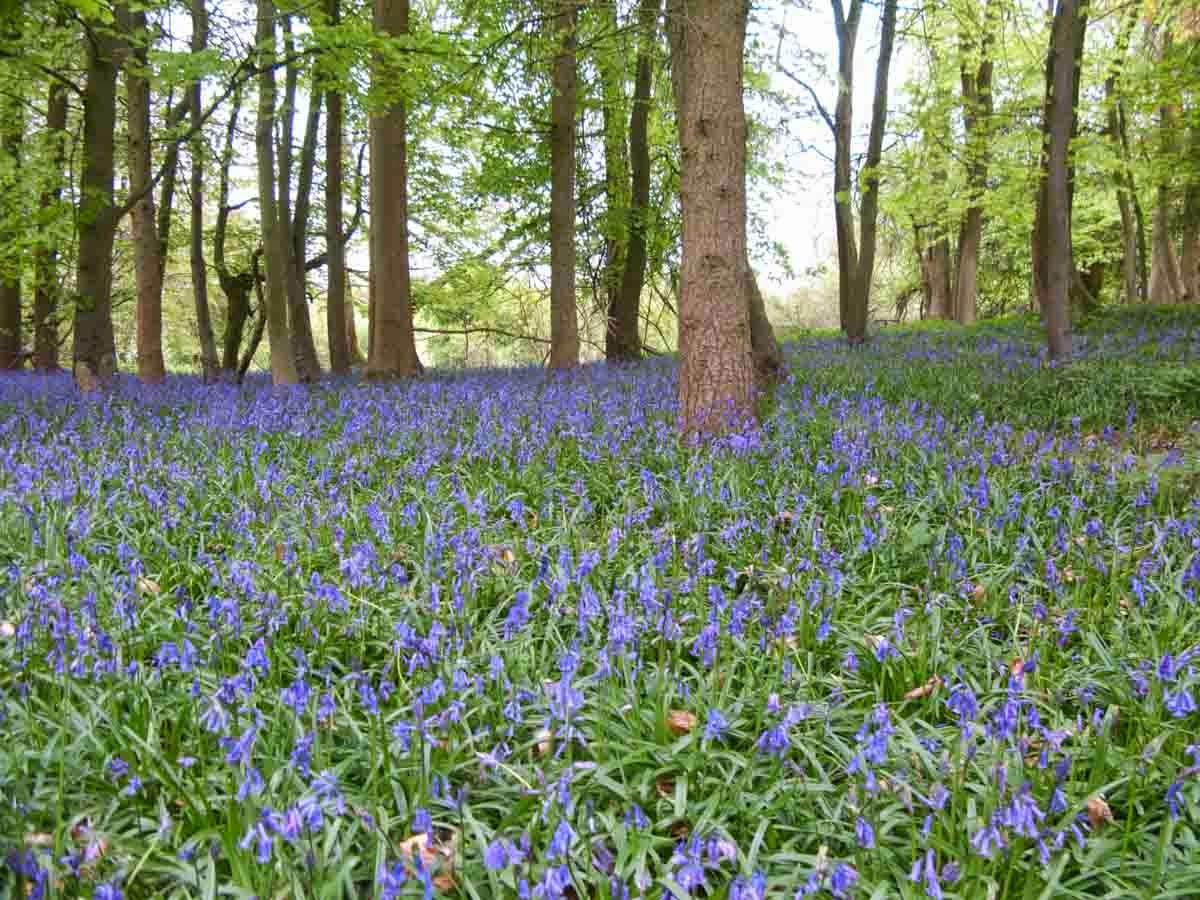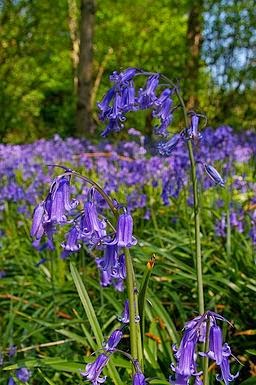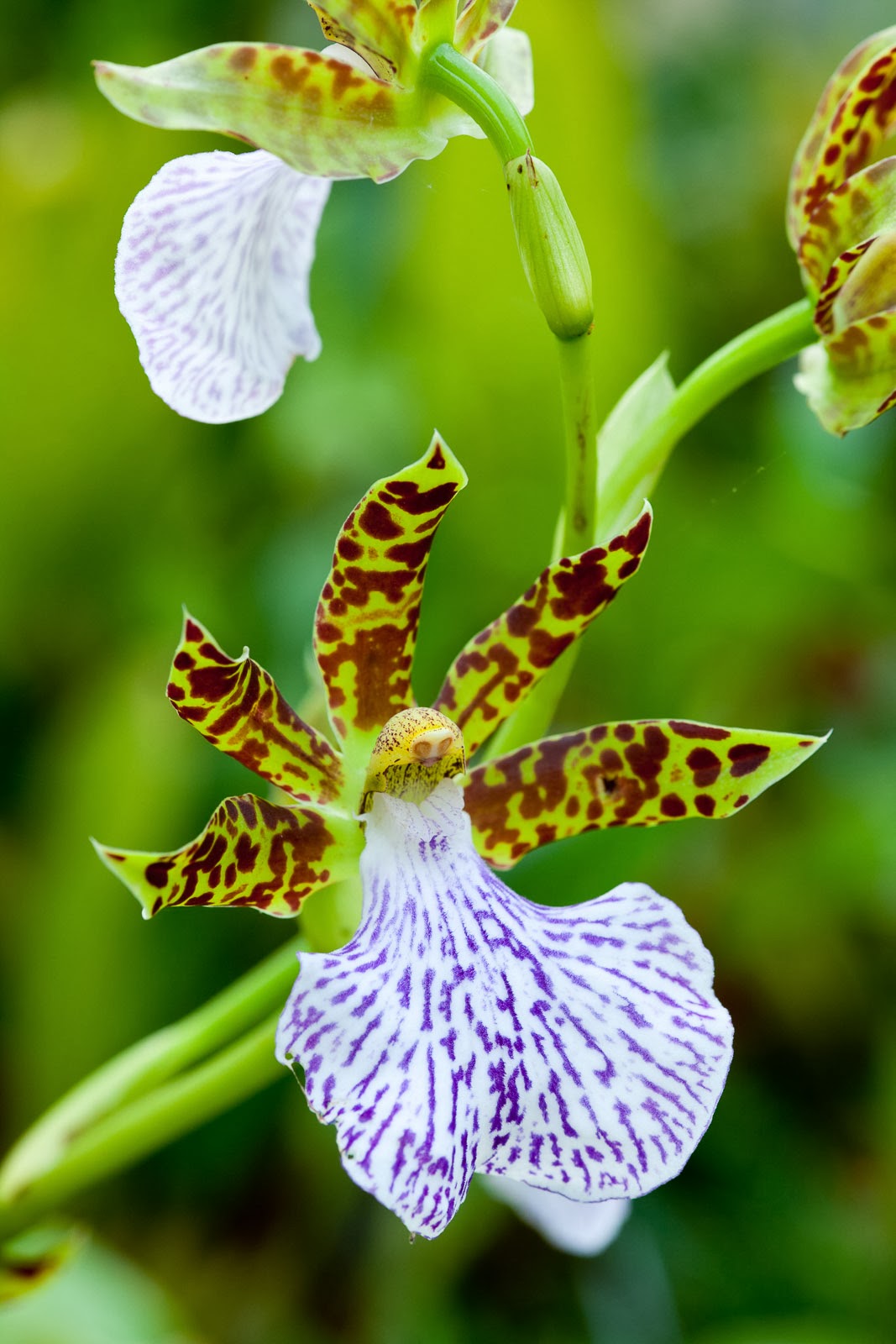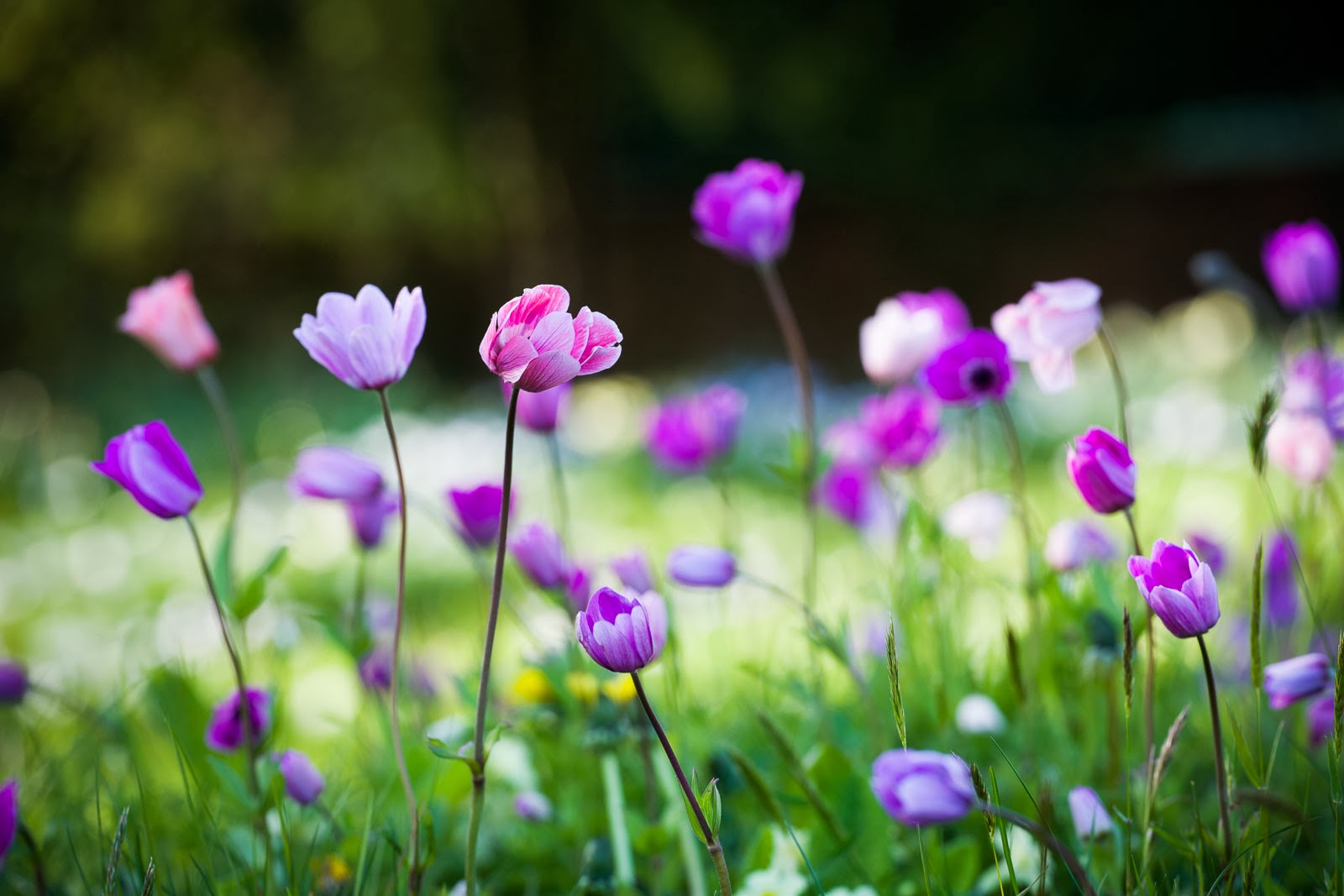Nectar is that sweet reward that flowering plants provide animals in exchange for their services as pollinators. It sounds incredibly simple on one level – much like rewarding a dog with a treat after it obeys a command. However, dig a little deeper and you realise that the reproductive success of the plant is dependent on very subtle yet complex characteristics of this substance – including when it’s produced and how much is produced, as well as its very composition.
Flowering plants will optimise the characteristics of their nectar in order to influence the foraging behaviours of pollinators and ultimately improve their reproductive fitness. The characteristics of the nectar not only determine which pollinators are attracted and when they come, but how frequently they visit and how long they stay. Suddenly one realises that there is an extremely complex system of regulatory mechanisms behind nectar secretion, which have not only influenced the evolution of flowering plants, but of the pollinators themselves.
 |
|
Red Admiral butterfly (Vanessa atalanta) drinking nectar.
Photo credit: Shelby Temple.
|
Nectar isn’t just about sugar
But before we get into the evolution, let’s first consider what nectar is, because as it turns out it’s not just about sugar – there are a number of things in nectar that are important for pollinators.
There is no denying, however, that carbohydrates – sugars such as glucose, sucrose and fructose – are usually the main constituent of nectar. Nectar will be anywhere between 7 to 70 % carbohydrates per water weight [1]. Other sugars might also be present in small amounts as well as sugar alcohols, such as sorbitol. It is these sugars that are the primary energy source for nectar consumers.
Amino acids and proteins are the next most abundant solute in nectar after the sugars. There are essential and non-essential amino acids, which are the building blocks for proteins and there are some non-protein amino acids that are constituents of enzymes and preservatives. It is thought that the amino acid and protein content of nectar may play a role in the taste preferences of insects [1], presumably related to their nutritional needs.
The water content of nectar may also be an important reward for pollinators, particularly in dry habitats.
Nectar also contains important ions, such as potassium, as well as antioxidants, trace amounts of lipids and some secondary compounds that seem to be associated with resistance to herbivory.
 |
| A bee gathering its nectar reward in the Botanic Garden. Photo credit: Shelby Temple. |
Many species have also been shown to have antimicrobial compounds in their nectar, which prevents microbes from growing in the nectar as well as inhibiting florally transmitted diseases [2].
Terpinoids, which are the volatile organic compounds that give flowers their scent, also accumulate in the nectar.
The composition and consistency of nectar is extremely variable as it is tuned to the needs of the nectarivores (it’s a word…really). Flowers frequented by hummingbirds, for example, generally produce nectar in small amounts with high sugar content, while those frequented by more generalist passerine birds produce dilute nectar in large quantities. There has been some evidence that honeybees have a preference for warmer nectar that’s less viscous, regardless of the sugar concentration [3]. Bats also seem to prefer less viscous nectar, though will preferentially select more dilute nectar as the water content is extremely important for their rehydration.
Not all nectar is produced in the flower
Nectar is produced in glands known as nectaries. The glands are commonly found at the base of flowers, where they produce nectar as a reward for pollinators. However, there are also extrafloral nectaries located elsewhere on the plant, often on the leaves or petiole – the stalk that attaches the leaf blade to the stem. These nectaries provide a reward for mutualistic animals, almost exclusively ants, which benefit the plant. The ants help protect certain plant species by getting rid of the eggs of herbivorous insects deposited on the foliage and in return they feast on the nutrient rich nectar secreted by the extrafloral nectaries.
Extrafloral nectaries might be particularly critical at certain times in the plant’s lifecycle. For example, there are often nectaries located on the pedicelthat secrete nectar when the flowers are in bud. This attracts ants, which help protect the vulnerable flower buds from herbivorous insects and improves the reproductive success of the plant [4].
Unlike nectar produced in the flower, nectar produced in the extrafloral nectaries is far less variable as it is attracting mostly ants.
Darwin’s orchid: a classic example of the coevolution of flowering plants and their pollinators
Producing nectar may use up to 37% of a plant’s available energy [5]. This means that producing it comes with some cost to the plant, but these costs are clearly outweighed by the benefits of attracting pollinators that are far more efficient than relying on wind or water.
The evolution of flowering plants and their pollinators is the most frequently used example of coevolution – the physical characteristics of both flower and animal evolving to become more specialised. It was around 120 million years ago that honeybees developed longer tongues than their short-tongued ancestors in order to access the nectar reward flowers had started to produce. Their social structure became more complex and they became fuzzier and developed pollen baskets in order to carry protein-rich pollen, but also facilitating their role as pollinators.
 |
| Darwin’s orchid in bloom at the Botanic Garden last year. Photo credit: Andy Winfield. |
The flowers also changed shape in response to the preferences of their pollinators. The most classic of these examples is Darwin’s orchid (Angraecum sesquipedale) with a flower depth of 20 to 35 centimetres. The Madagascar orchid was named after Darwin because he proposed, based on its shape alone, that it had to be pollinated by an insect with a proboscis of lengths unheard of at the time. Forty years later, Morgan’s sphinx moth (Xanthopan morganii), was discovered with an unusually large proboscis…and it was indeed the pollinator of this orchid.
It is also thought that nectar chemistry itself has evolved in response to pollinators. As mentioned earlier, bats prefer nectar with low sugar concentrations and as a result bat pollinated plants from very diverse and distantly related taxonomic groups have evolved nectar with low sugar concentrations.
Deceit and robbing
Not all flowers use nectar – some have non-rewarding flowers. Around 30-40% of species within the orchid family do not produce rewarding nectar in their flowers [6] and instead use different methods to attract pollinators. Orchid flowers may look like another species that provides nectar or they may mimic shelters or brood-sites or even pollinators themselves in order to draw the attentions of individuals looking for a place to shelter or for a potential mate (such as in bumble-bee orchids).
Just as plants have found ways to get pollinated without producing nectar, some animals have found ways to get nectar yet avoid being pollinators. Some flower visitors – known as nectar robbers – will avoid the normal route to the nectar, usually avoiding the floral opening all together and pierce or bite the flower elsewhere to extract the nectar directly without coming into contact with any of the reproductive parts.
For many years it was thought that nectar robbers had a negative or neutral effect on the plants, but over the last couple of decades, research has shown they can also have a positive effect on the plant. Firstly, some nectar robbers do ultimately end up pollinating the plants. Secondly, their presence can modify the behaviours of the pollinators. For example, if flowers have less nectar (because the robbers have extracted some) then pollinators will visit more flowers, increase their foraging range, travel further distances and spend less time at each flower – all of which could improve cross pollination and increase genetic diversity. Maloof et al [7] provide a good review on this topic.
There has been extensive research done on the characteristics of nectar and its relationship with pollinators. More recent research, however, is starting to unravel the mechanisms by which plants produce nectar – identifying some of the pathways sugars are transported within the plant and concentrated in their nectar [8]. There is still lots to learn.
Sources:
[1] Pacini E, Nicolson SW (2007). Chapter 1: Introduction, In: Nicolson SW, Nepi M, Pacini E (Eds.) Nectaries and Nectar. Springer: The Netherlands. ISBN: 978-1-4020-5936-0. (pages 8-10).
[2] Sasu MA, Wall KL, Stephenson AG (2010). Antimicrobial nectar inhibits a florally transmitted pathogen of a wild Cucurbita pepo (Cucurbitaceae). American Journal of Botany 97 (6): 1025-1030. (link)
[3] Nicolson SW, de Veer L, Köhler A, Pirk CWW. Honeybees prefer warmer nectar and less viscous nectar, regardless of sugar concentration (link).
[4] Bentley BL (1977). The protective function of ants visiting the extrafloral nectaries of Bixa orellana (Bixaceae). J. Ecol. 65 (1): 27.38.
[5] Pyke GH (1991). What does it cost a plant to produce floral nectar? Nature 350: 58-59. doi: 10.1038/350058a0
[6] Johnson SD, Hobbhahn N, Bytebier B (2013). Ancestral deceit and labile evolution of nectar production in the African orchid genus Disa. Biol. Lett. 9 (5): 20130500. doi: 10.1098/rsbl.2013.0500.
[7] Maloof JE, Inouye DW (2000). Are nectar robbers cheaters or mutualists? Ecology 81 (10): 2651-2661.
[8] Lin IW et al.(2014). Nectar secretion requires sucrose phosphate synthases and the sugar transporter SWEET9. Nature 508: 546-549. doi: 10.1038/nature13082



.jpg)





